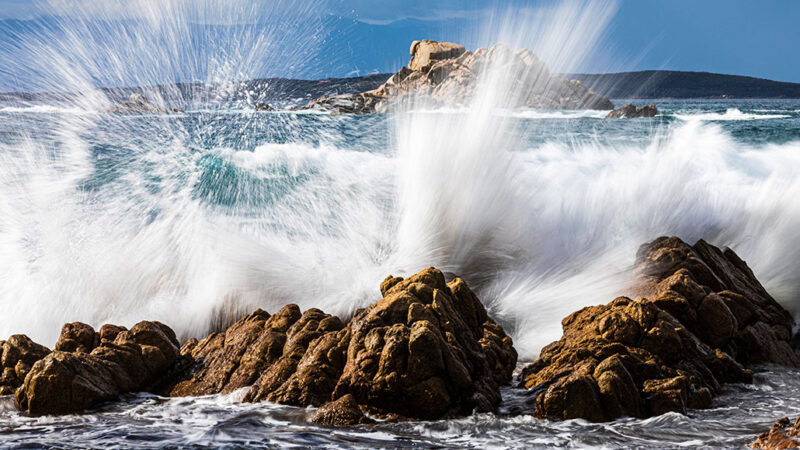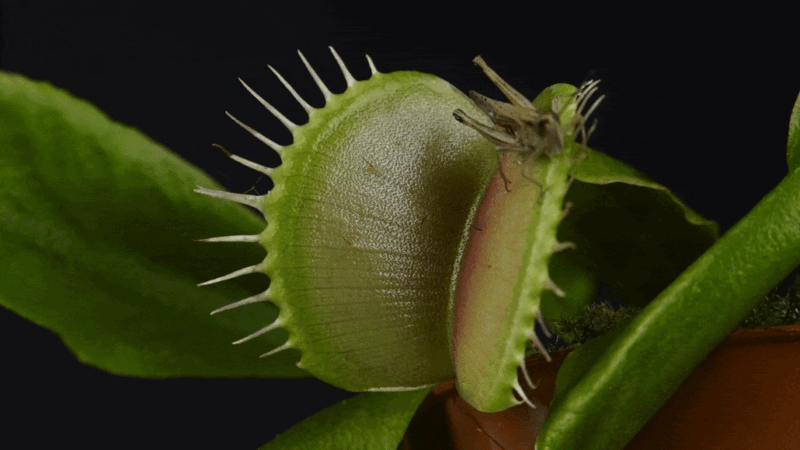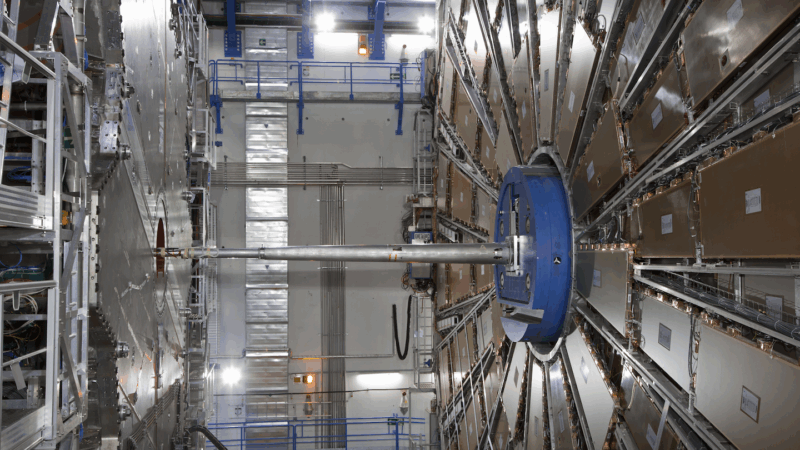In the beginning, Earth was a hot and lonely planet. It also lacked water. Then, after hundreds of millions of years, the planet cooled, oceans formed — and life emerged. Although scientists can’t know for sure just how life first came to be, they may now be one step closer. California researchers have just shown that tiny sparks between water droplets can create the chemical building blocks of life.
Their observation may point toward where else life could form in the universe. Here on Earth, the Stanford researchers say, this finding also might lead the way toward making important chemicals more sustainably.
Key to this process, notes team leader Richard Zare, are carbon-nitrogen bonds. They’re part of the building blocks of proteins, DNA and even chlorophyll, this chemist says. Without them, life as we know it could not exist.
Yet the chemicals present on the early Earth had none of these special bonds. In fact, Zare notes, how the bonds first developed “remains a mystery.”

There are several theories, however. One arose from a famous 1950s experiment. It found that when electricity passes through gases, it can create organic chemicals. Among them are types needed for life. These included amino acids — which have those carbon-nitrogen bonds. That test led scientists to propose that lightning might have supplied the energy to first make these critical molecules.
But could lightning bolts striking Earth’s vast oceans ever have made enough of these molecules? Zare and others had doubts. They didn’t think enough of these newfound chemicals would find each other to successfully spark life.
Last year, a former colleague of Zare’s observed molecules with nitrogen bonds forming in sprays of water.
Water typically has no electric charge. But scientists had shown that sprays of water, as in a waterfall, do have electric charges. Smaller drops are negatively charged. Bigger ones are positively charged. These differently charged droplets create an electric field when they get near one another.
And this sparked a new idea within Zare’s team. Maybe water — in motion — provided the sparks needed to create the chemical building blocks of life. It would be lightning, but on a very small scale: micro-lightning.
Do you have a science question? We can help!
Submit your question here, and we might answer it an upcoming issue of Science News Explores
Itsy bitsy sparks
Waves crash on rocks. Those powerful breakers spray water droplets over and over. What if the micro-lightning produced in those sprays started creating new, organic molecules? They might build up in the rocks’ cracks. Over time, these bigger molecules might start to merge into still larger ones — including types with those carbon-nitrogen bonds.
That was the new theory. And it excited Zare, “because water-droplet sprays are all over the place.”
To see if they could find evidence for this, the Stanford team sprayed micro drops of water into a chamber. Inside were the gases nitrogen, methane, carbon dioxide and ammonia. The researchers chose them because these were believed present in the air before any life emerged on Earth.
In the chamber, these water droplets emitted light.
A similar thing happens in a storm cloud. When the difference in electric charges there becomes high enough, electrons jump. The result: lightning. With the little water droplets, the jumping electrons emitted photons of light and bolts of energy: micro-lightning!
There was even enough energy in the spray to break apart the strong bonds in nitrogen gas.
What’s more, new organic molecules started forming in the test chamber. Some even had those long-sought carbon-nitrogen bonds. This reaction occurred without any energy source except the movement of the water droplets.

Zare’s group described all of this March 14 in Science Advances.
“When I read the paper, I was excited,” says Sohan Jheeta. He’s an astrochemist with the Network of Researchers on the Chemical Emergence of Life in Leeds, England. This group aims to better understand how life on Earth may have emerged. Life-building molecules were probably “coming from various places,” Jheeta believes. For instance, he notes, meteors and volcanoes may have supplied lots of organic molecules, too.
Marrick Braam works at the University of Bern, Switzerland. He studies the physics and chemistry of planets’ atmospheres. Braam, too, is excited about this new study. He thinks this new work connects two big questions about life: “How did we get here, and are we alone in the universe?”
Understanding how life emerged on Earth can help us better predict where life may develop on other planets, he says.
Super-speedy droplet chemistry
This newfound chemistry fueled by interacting droplets also may help answer more down-to-Earth questions. The reactions around the droplets happen some million times faster than in liquids, says Graham Cooks. He studies this droplet chemistry at Purdue University in West Lafayette, Ind. And those lightning-quick reactions could empower chemists to do new things, he says.
Chemist Brison Shira agrees that there’s the potential to learn a lot of new chemistry techniques here. A graduate student, he works with Cooks. When you take a chemistry class, Shira says, you learn about how reactions work in a beaker full of liquids. “But when you go many millions of times smaller — into these little droplets — things start to change,” he says. And this, he thinks, “is the future of chemistry.”
Zare’s team is now putting this micro-lightning chemistry to work. Today, two percent of the entire world’s energy goes to making ammonia fertilizer. But Zare’s group has already made a nitrogen fertilizer that doesn’t rely on fossil fuels. And one day, he hopes to use micro-lightning as a way to remove methane — a potent greenhouse gas — from the air.
















